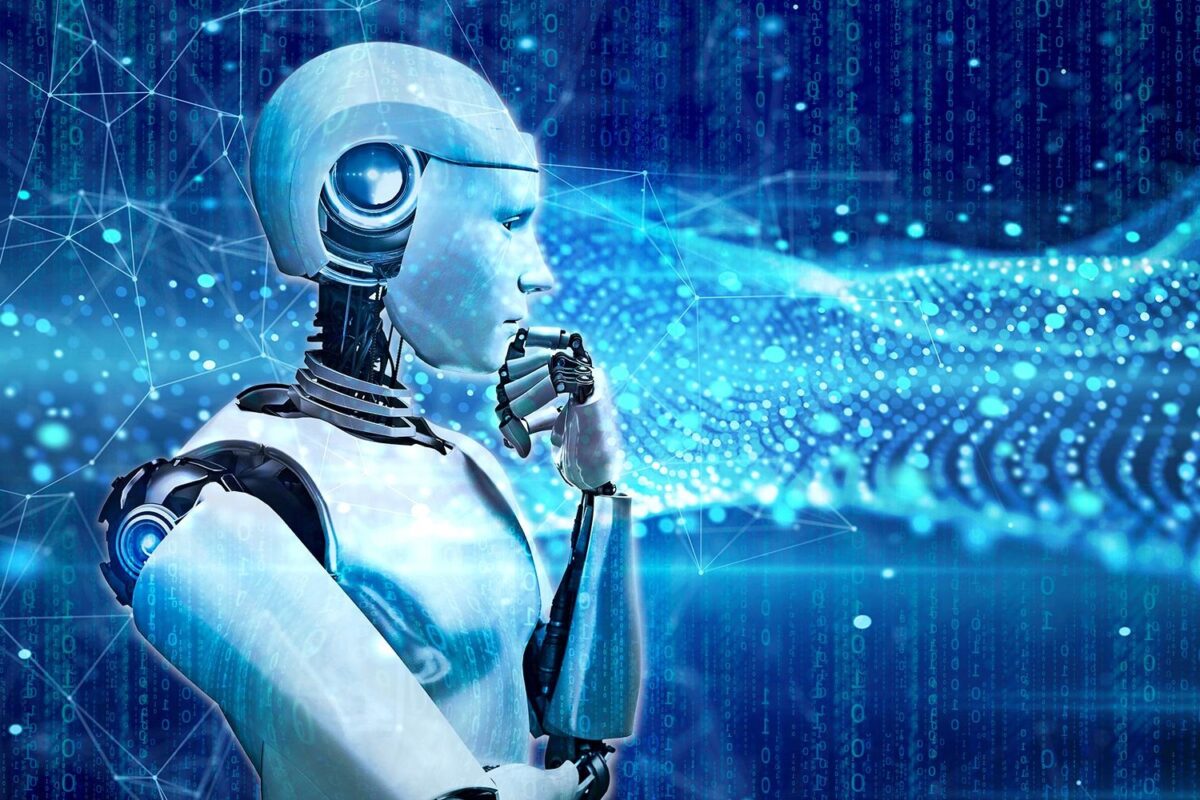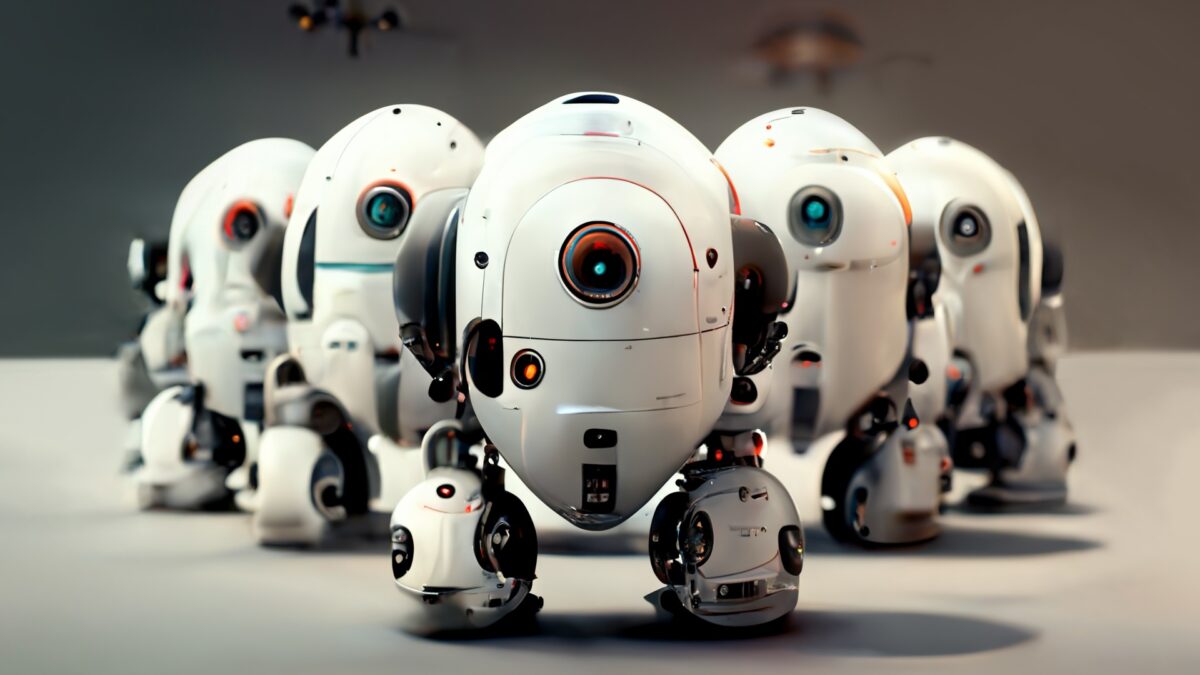Most Dangerous AI Robots in The World
Title: Artificial Intelligence The Rise of the Robots: Shaping the Future of Humanity
Detail
In the constantly developing technology environment, one of the areas that attracts great attention and progresses rapidly is the field of artificial intelligence robots. Artificial Intelligence (AI) has made significant advances in recent years, resulting in robots that are smarter, more versatile and capable than ever before. These AI robots are poised to revolutionize various industries, reshape our daily lives, and challenge our understanding of the human-robot relationship.
Evolution of Artificial Intelligence Robots
The concept of robots has been around for centuries, but it’s only in the last few decades that artificial intelligence has been able to transform them into truly intelligent, autonomous beings. The first robots were simple machines designed for repetitive tasks, often found in manufacturing industries. However, the integration of artificial intelligence technologies such as machine learning and deep learning has brought robots into a new era of capability.
Today’s artificial intelligence robots can perceive their environment, make data-based decisions, and adapt to changing conditions. They can perform complex tasks, from medical surgeries to autonomous driving to customer service and household chores. The evolution of AI robots can be attributed to advances in hardware, software and data analytics.
Most Dangerous AI Robots in The World
Applications of Artificial Intelligence Robots
AI robots are finding applications in a wide variety of industries, and their impact is far-reaching. Some important areas where artificial intelligence robots make a difference are:
Healthcare: AI robots are assisting surgeons with delicate surgeries, providing care for the elderly, and even delivering medicine to hospitals. They can analyze medical data and help with diagnosis and treatment planning.
Manufacturing: In manufacturing, AI-equipped robots can automate complex assembly tasks, improve quality control and increase efficiency. These robots can adapt to changes on production lines and perform tasks that were previously challenging for traditional robots.
Agriculture: Artificial intelligence robots are used in agriculture for tasks such as planting, harvesting and monitoring crop health. They can optimize resource use, increase crop yields and reduce the need for manual labor.
Autonomous Vehicles: Self-driving cars and drones are prime examples of AI robots in the transportation industry. These vehicles can reduce accidents and increase transportation efficiency by using artificial intelligence algorithms to navigate, detect obstacles, and make split-second decisions.
Service and Hospitality: From robots that serve food in restaurants to chatbots that provide online customer support, AI robots are becoming common in the service industry. They can improve customer experiences and streamline operations.
Space Exploration: Artificial intelligence-enabled robots are crucial in space exploration, where they can work in harsh environments, conduct experiments, and assist astronauts. For example, Mars rovers have demonstrated AI’s capabilities in space missions.
Most Dangerous AI Robots in The World
Challenges and Ethical Considerations
While artificial intelligence robots hold great promise, they also present significant challenges and ethical considerations. Some of these challenges include:
Work Displacement: As AI robots become more capable, concerns are emerging about the potential displacement of human workers in various industries. It is essential to strike a balance between automation and human employment.
Safety and Security: Ensuring the safety and security of AI robots is crucial, especially in areas such as autonomous vehicles and healthcare. Cyber attacks and artificial intelligence failures can have serious consequences.
Ethical Dilemmas: AI robots may face ethical dilemmas in situations where they must make life-changing decisions. Programming ethics for artificial intelligence robots is a complex and evolving field.
Bias and Fairness: AI algorithms may unintentionally perpetuate bias present in training data. Ensuring fairness and equity in decision-making with AI is an ongoing challenge.
Privacy Concerns: AI robots equipped with sensors and cameras may raise privacy concerns, especially in home environments. Clear regulations and guidelines are needed to protect individuals’ privacy.
Most Dangerous AI Robots in The World
Human-Robot Interaction
The relationship between humans and AI robots is an active area of research and development. Creating seamless and intuitive human-robot interaction is crucial to widespread adoption of AI robots. Some important aspects of human-robot interaction are:
Natural Language Processing: AI robots are becoming increasingly proficient at understanding and responding to human speech. This is especially important in applications such as virtual assistants and customer service chatbots.
Emotion Recognition: Some AI robots are designed to recognize and respond to human emotions. This skill can be valuable in healthcare, therapy, and customer service.
User Interface Design: The design of user interfaces for AI robots plays an important role in how humans interact with them. User-friendly interfaces make robots more accessible and adaptable.
Most Dangerous AI Robots in The World
Ethical Considerations: Developing ethical guidelines for human-robot interaction is crucial to ensuring respectful and safe relationships between humans and AI robots.

Most Dangerous AI Robots in The World
The Future of Artificial Intelligence Robots
With continued advances in AI research and technology, the future of AI robots is promising. Here are some potential developments we can expect in the coming years:
Increased Autonomy: Artificial intelligence robots will become more autonomous and will be able to make complex decisions without human intervention. This will be particularly important in applications such as autonomous transportation and space exploration.
Advanced Learning Abilities: AI robots will continue to improve their ability to learn from experience and adapt to new situations. This will make them more versatile in a wide variety of tasks.
Humanoid Robots: The development of humanoid robots that closely mimic human appearance and movement is ongoing. These robots may find applications in healthcare, friendship, and entertainment.
Collaborative Robots: Collaborative robots, or cobots, will become more common in industrial environments, working with humans to increase productivity and safety.
Ethical AI: The development of ethical AI will become increasingly important to address ethical dilemmas and biases that AI robots may face in their decision-making processes.
Most Dangerous AI Robots in The World




